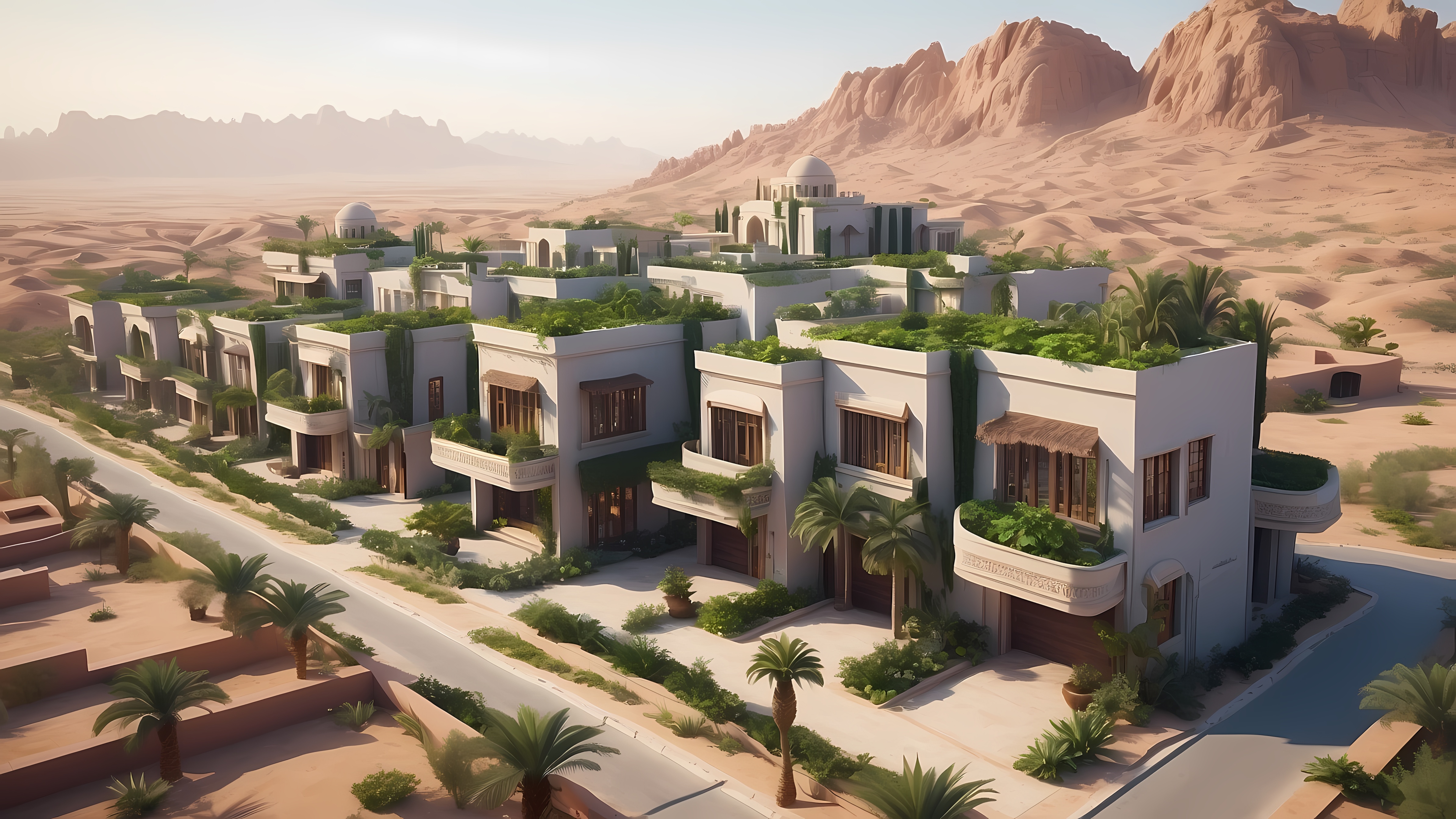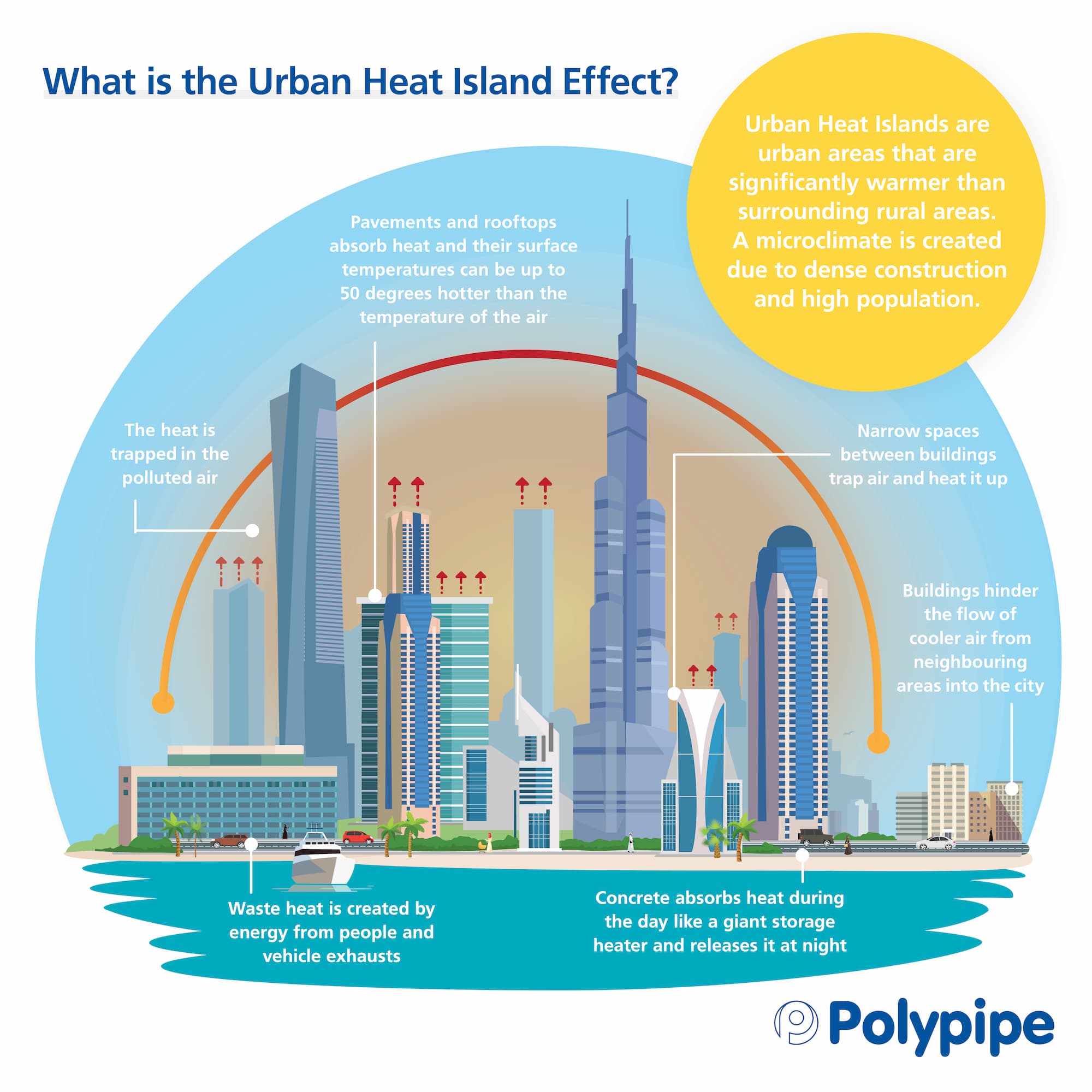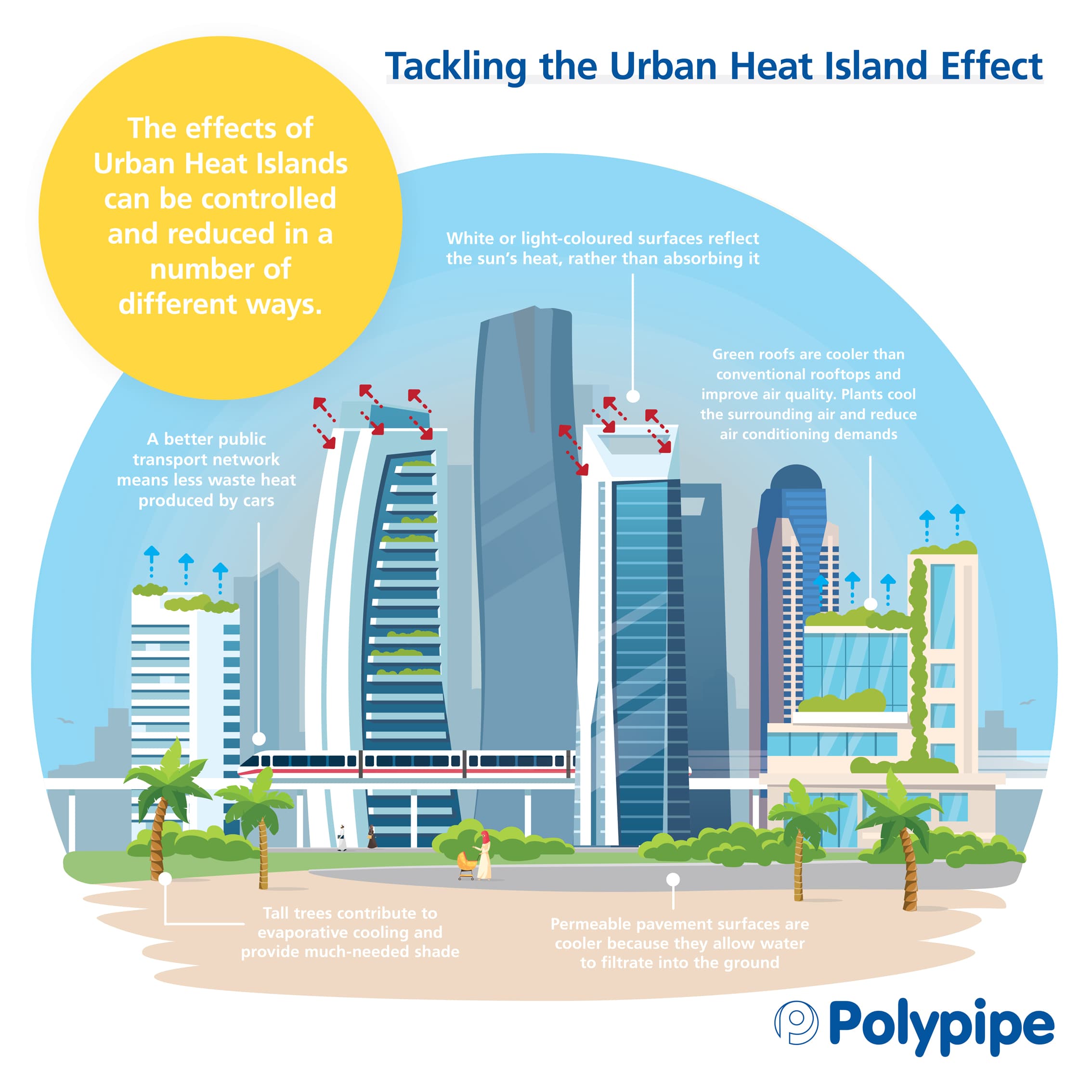Green roofs and landscaping in arid regions – Is it sustainable?
Sunday 12th August 2018

Sustainability means different things to different people. In an increasingly climate-challenged planet, some may say it’s counter intuitive, let alone against sustainability principles, to try and green the world’s arid regions with vegetation.
How can the use of water for green infrastructure, including building integrated greenery, be reconciled against its limited availability? Could the practice even be considered irresponsible?
Installing landscaped grounds, green roofs and podiums on buildings undoubtedly enhances visual appeal in cities. This in turn increases the potential commercial return on developments in terms of both property value and through provision of more versatile, leasable space for recreation purposes.
All good from a commercial aspect, but what is the immediate sustainability benefit?
The model arid city, a section within a report produced by ARUP, raises some very good points for consideration regarding sustainability and green infrastructure.
The report offers design and development actions for how arid environments could be more sustainable, healthy and better places to live. These include investing in green and blue infrastructure that is designed to work with local environmental and ecological systems, and designing intelligent buildings and public spaces that can meet the needs of people in changing climates.
So are “green roofs” and “green walls” really sustainable in the desert?
Firstly, we should take into account that landscaped coverings can enhance the lifespan of building surfaces and protect waterproof membranes from solar radiation, whilst adding insulating properties from materials such as vegetation, sub-base build-up and other layers that potentially reduce severe temperature fluctuations and thereby heat transfer. This is energy saving, one of the pre-requisites of sustainability.
In arid regions there is a concern that climate change is having a serious impact with regards to changes in weather patterns and the management of storm/surface water run-off. New developments are now dealing with greater volumes of run-off, which by tradition are removed from the area as swiftly as possible, but is this the right approach?
Let us see whether it is beneficial to challenge tradition; green roofs and landscaped areas absorb and retain rainwater and can be utilised as “source control”, part of a storm/surface water management solution. They can also filter pollutants, which offers protection to ecologically sensitive areas and local water courses; but there are even more benefits when we review the requirements for the overall management of storm/surface water run-off.
Through innovative design we can gain benefits through the introduction of sub-surface retention systems, which can provide irrigation solutions and potentially reduce the volume of irrigation water required. These systems could also reduce or slow the run-off rate that is discharged into external stormwater networks, and in turn offer considerable protection against localised flooding from extended rainfall events, one of the by-products of climate change. Now with the use of innovative solutions we can start to seriously address sustainability in a positive way.
Dealing with the ‘urban heat island effect’
We have previously mentioned the potential for landscaped areas to provide reduced heat transfer and, by default, savings on cooling requirements for developments, but there is another issue that needs to be addressed – the ‘urban heat island effect’. This is a relatively new concept, but none the less real. Hard surfaces in urban environments, such as concrete, glass, building facades, tarmac and roofing materials all have a high thermal mass, which collect the heat of the sun during the day and radiate it back slowly during the evening, specifically after sunset (much like a storage radiator). This then contributes to a significant rise in the ambient temperature, which creates urban heat islands.

A positive outcome from providing landscaping is from the shading that can be offered by the vegetation and trees to building materials, which would otherwise absorb the heat of the sun during the day. Additionally, evapotranspiration provides a form of cooling by water evaporating from the soil and plants, the energy from the sun that would normally be absorbed by the building materials is instead channelled into the process of evapotranspiration, resulting in latent heat loss that lowers surrounding air temperatures.

A city-wide strategy to implement green roofs, walls and facades could help mitigate some of the negative consequences of urban heat islands, and consideration should be given to appropriate plant selection and substrate depth to maximise cooling potential.
Finally, and very importantly, landscaped areas significantly contribute towards the removal of pollutants from the air, which in turn means much improved air quality. A major initiative in Mexico City “azoteas verdes” (green roofs) has transformed the air quality, thereby enhancing the quality of life within the city.
In summary, it would appear that by designing and installing green roofs and landscaping we are actually contributing to a very sustainable solution that has clearly defined benefits with regards to energy savings, water savings and life enhancement. Not to mention commercial benefits too.
Is it time for the Middle East to embrace a very worthwhile initiative, in the same way that other regions in the world are?
Contact us today to discuss the transformative solutions for your project:
Tel: +971 (0) 4 518 3000
Email: middleeast@polypipe.com
